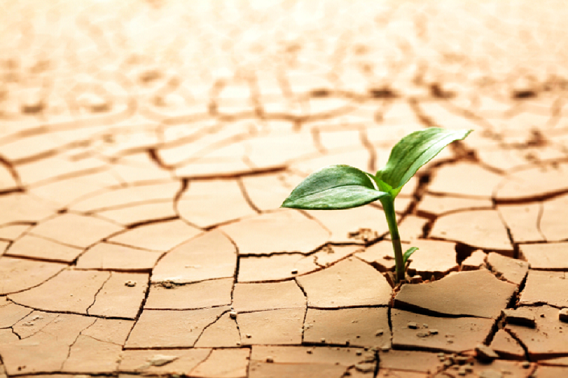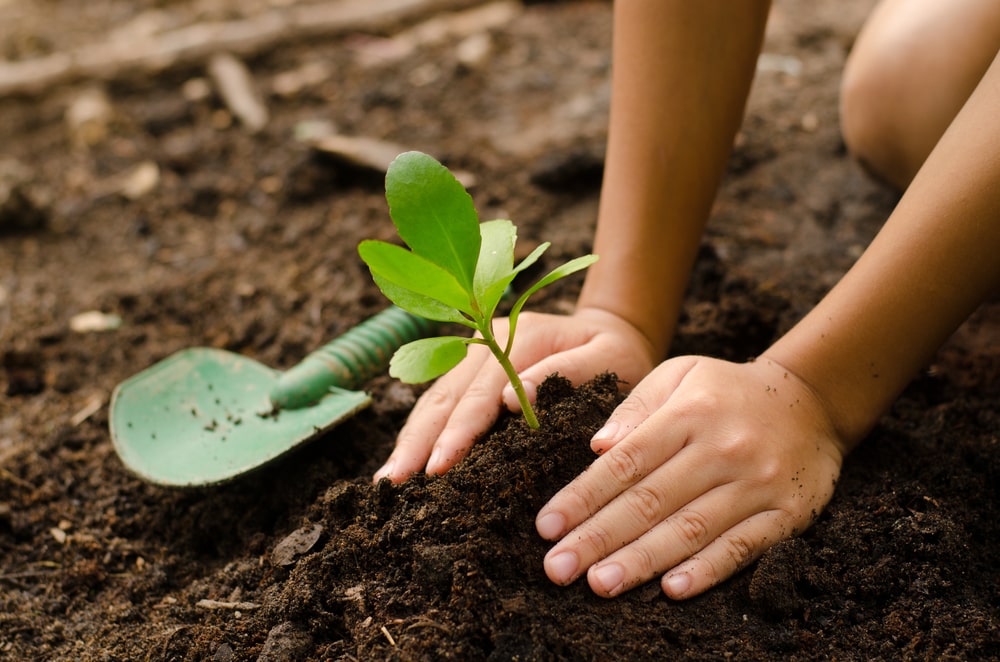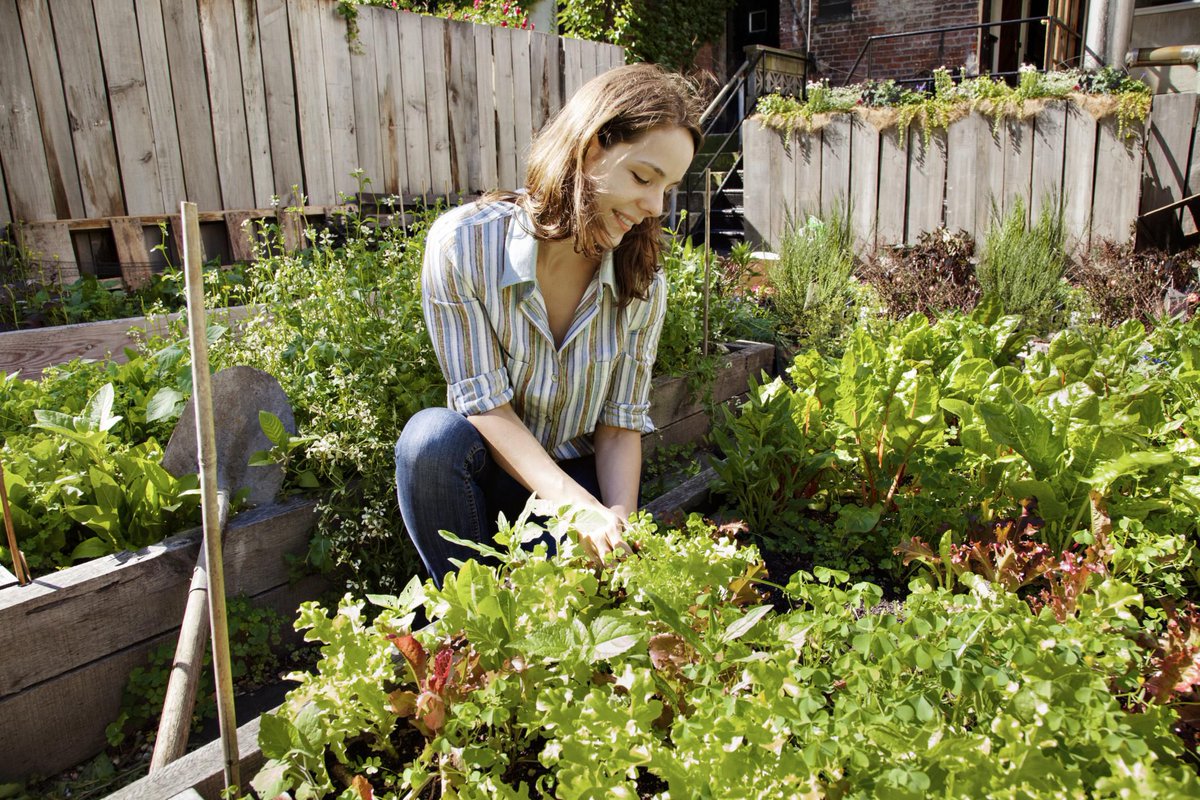Growing a flourishing garden at home is deeply rewarding, but also comes with its fair share of challenges. We’re all familiar with the basics needs; growing medium (dirt), exposure to light (sun), and probably the most important one, water. Since school, we’ve been taught that, without water, plants will eventually wilt and die. So, when the weather dried out a little, here are a few things you can do to maintain your garden.
Water Supply
Dry weather, especially very hot dry weather, can cause a lot of water on the surface of your garden to evaporate before the plants get to benefit from it. It can be an excellent idea to splash out a little extra cash on some irrigation supplies, and possibly even get an in-ground watering system installed.
Failing that, it is a good idea to look at the times you water your garden as well. Watering in the middle of the day, or while your plants are under direct sunlight can lead to damage and water loss from evaporation. Most agree that watering early in the morning is the best practise, giving your plants the opportunity to absorb it thoroughly, and then actually put it to use when the sun hits them.
Look at What You’re Planting
In Australia, the dry weather often comes hand in hand with water restrictions. These are important, and should be adhered to whenever possible, but this doesn’t mean that you need to watch your garden die away. This country is no stranger to dryness, and growing plants that are native to your area is a great way to save on maintenance costs, as well as assuring the kind of hardiness required when things get a little arid.
If you feel like adding something a little exotic, have a quick look online at foreign plants from places with a similar climate to where you live. These will all still need watering, but less so than plants from high-rain areas.
All Good Things in Moderation
Sunlight is inarguably essential to the health of your garden, but it is also an incredibly harsh source of natural energy. If your garden contains a number of more delicate plants, have a look at placement. Established trees can provide shade easily, especially if they are deeply rooted, rather than spread out.
Doing some research ahead of time, and making sure you place plants with similar needs together can save you a lot of hassle further down the line. Don’t be afraid to put up shade clothes or other artificial methods for controlling the amount of light reaching your plants. Make sure you know what they need first, however. Some delicate-looking plants can be a lot more resilient that they look, and can even thrive on punishment from the sun’s rays.
The primary thing to keep in mind when gardening is that your plants will have different needs, and that you need to be aware of these. If you are not equipped with accurate information, you may find that the shade-cloth that you put up is actually blocking too much of the sunlight, or has been angled so that your poor plants are still exposed during the harshest hours of the day. The amount of water needed by your plants will vary, and having a thirsty plant next to an arid-climate one will lead to one suffering while the other thrives.
Make sure you know what you need, try to implement a regular watering and caring schedule for your garden, and you will be able to enjoy it through all kinds of weather for many years to come.





















